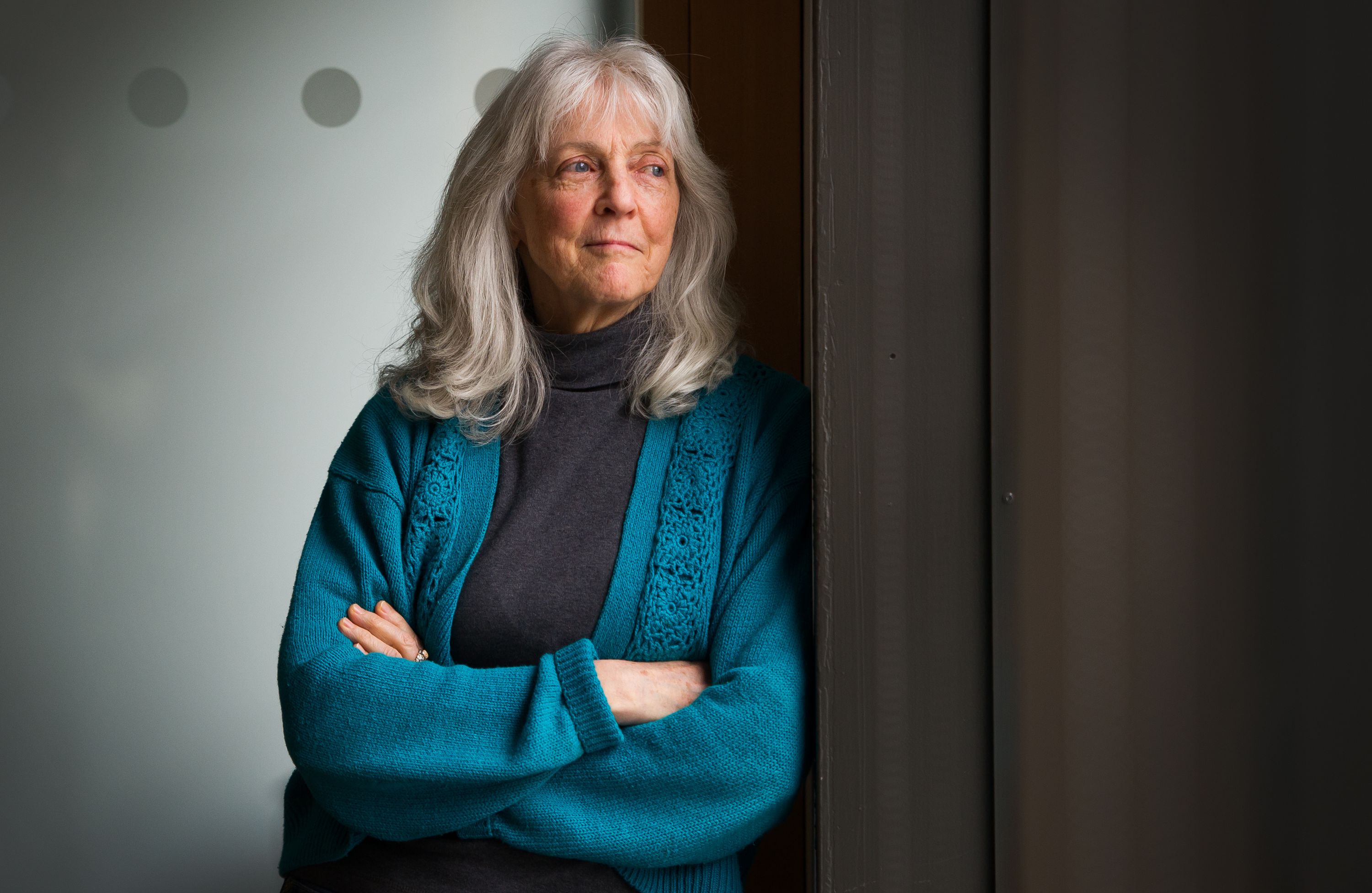Another generation of B.C. children has grown up in poverty: new report

Credit to Author: Lori Culbert| Date: Tue, 14 Jan 2020 14:00:24 +0000
B.C.’s child-poverty rates have steadily declined over the last two decades, but at such a slow pace that it has mired an entire generation of children in hardship, says a new report to be released today.
“We can pat ourselves on the back and say we’ve been gradually lowering the child poverty rate, but that’s a generation of time where we continue to have one in five children poor,” says Adrienne Montani, the provincial coordinator of First Call: B.C. Child and Youth Advocacy Coalition.
“It’s moving very slowly. … And children only have one childhood.”
First Call releases its annual child poverty report today, which states that one out of every five children in this province lives in poverty, down from a quarter of all children in 2000.
The “2019 B.C. Poverty Report Card” shows that in 2017 (the most recent statistics available), 163,730 B.C. children lived in households with incomes below the poverty line, down slightly from 172,550 poor children in 2016.
The provincial NDP deserves credit for pledging to cut child poverty in half by 2024, Montani said, but it will have to act with far more urgency in order to meet that target.
“They need to move a little faster, in our opinion,” she said. “There’s still a lot of kids in poverty.”
Social Development and Poverty Reduction Ministry Shane Simpson said Monday that child poverty numbers have come down in recent years, largely due to a benefit plan introduced by the federal Liberals in 2016, and he thinks his plan will continue that downward trend in the coming years.
“I’m pretty confident still that we are going to head to that 50-per-cent reduction,” he said. “I think we are making the progress that we need to make. It is still early days.”
Shane Simpson is B.C.’s minister of social development and poverty reduction.
Impoverished families have been a long-standing concern across Canada. Three decades ago, an all-party House of Commons resolution vowed to end child poverty by the year 2000. Instead, the First Call report says, 19 per cent of Canadian children still don’t have enough money for proper shelter, nutritious food, or other basic necessities.
In B.C., where housing and other costs of living are so steep, child-poverty rates have always been higher than the national average. However, there are more poor children per-capita in other provinces, such as Saskatchewan, Manitoba and Nova Scotia.
A year ago, B.C.’s NDP government released a poverty-reduction blueprint that makes Montani hopeful for future change.
“There are two things on the horizon that we haven’t seen play out yet that make us cautiously optimistic.”
The first is B.C.’s pledge to fund the child opportunity benefit, which will provide tax-free monthly payment to families with children, pegged to a parent’s income, starting Oct. 1. The second is how quickly the NDP will continue its investment in affordable child care.
In response, Simpson said he is confident the benefit will bring a major drop in poverty rates. And he said his government continues to expand affordable child care in the province, but growth is hampered by needing to train more early childhood education teachers and getting enough physical spaces open.
The NDP’s reduction plan has also committed to incrementally boosting the minimum wage over the next two years, and increasing welfare and disability rates. But Montani argued the government needs to be less cautious and speed up these changes, calling the current rates “unconscionable.”
Today, a parent working full-time for minimum wage would still be below the poverty line, as is a single parent on welfare, the report says. In addition, B.C. had “the lowest annual 2017 welfare income for couples with two children” among all the provinces.
“We are not in a position to be able to do that, to increase the (minimum wage and welfare) rates at the kind of speed that the advocates would ask for,” Simpson said.
Rather than relying on wages alone to reduce the poverty gap, he said his government is working on other measures to make life more affordable, such as how to increase supplies of lower-cost rental housing.
For the first time, the report said, children in single-parent families made up more than half of the poor children in the province. Fuelling that inequity was the fact single mothers in B.C. made, on average, 72 per cent of the salaries of single fathers in 2017, the report says.
There was disparity in child-poverty rates across the province: They were above 30 per cent in rural areas such as the Central Coast, Skeena, Kitimat and Powell River; Greater Vancouver, Squamish and the Fraser Valley had rates closer to the provincial one-in-five average; and rates were lowest in Victoria, the Okanagan and East Koonenay, where around 15 per cent of children are poor.
Adrienne Montani is provincial coordinator of First Call: B.C. Child and Youth Advocacy Coalition.
Poverty rates, the report says, are significantly higher for some groups of children, including immigrants, aboriginals, and those with disabilities.
Children living in poverty have higher risks of homelessness, separation from their families, life-long persistent health issues, and limited economic opportunities in adulthood, the report says.
But, Montani argued, society can change those outcomes by investing in children.
Twitter: @loriculbert